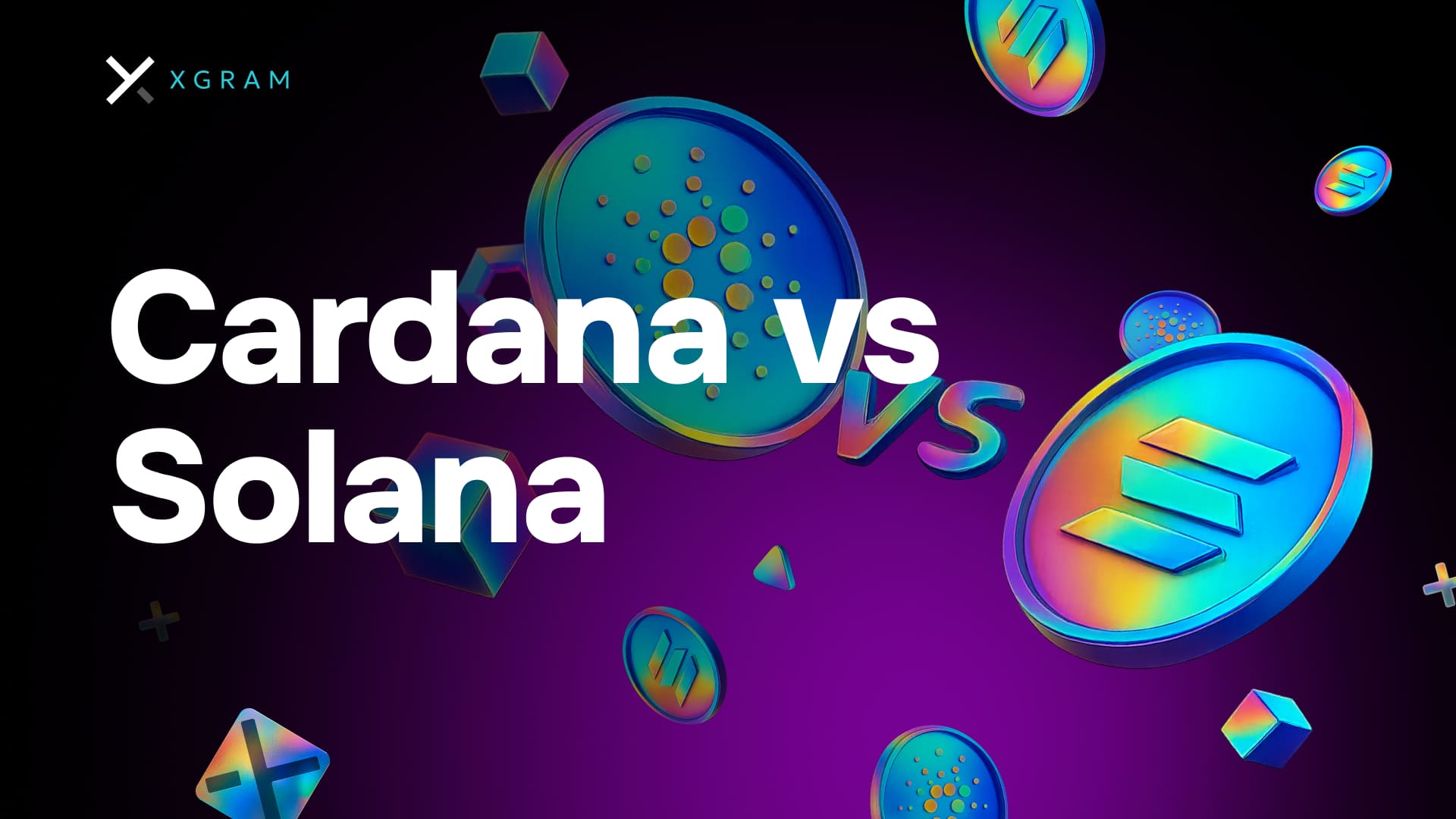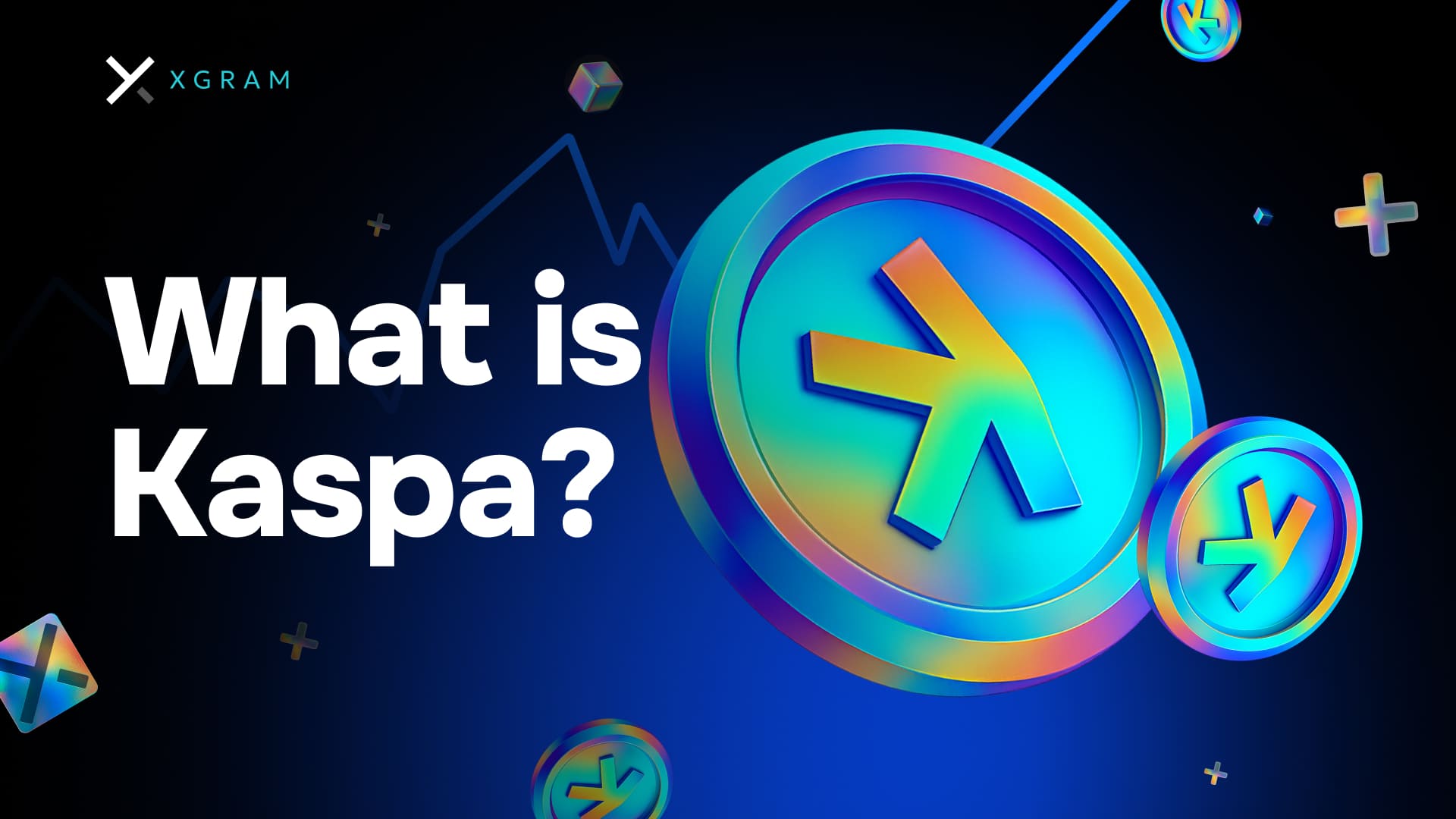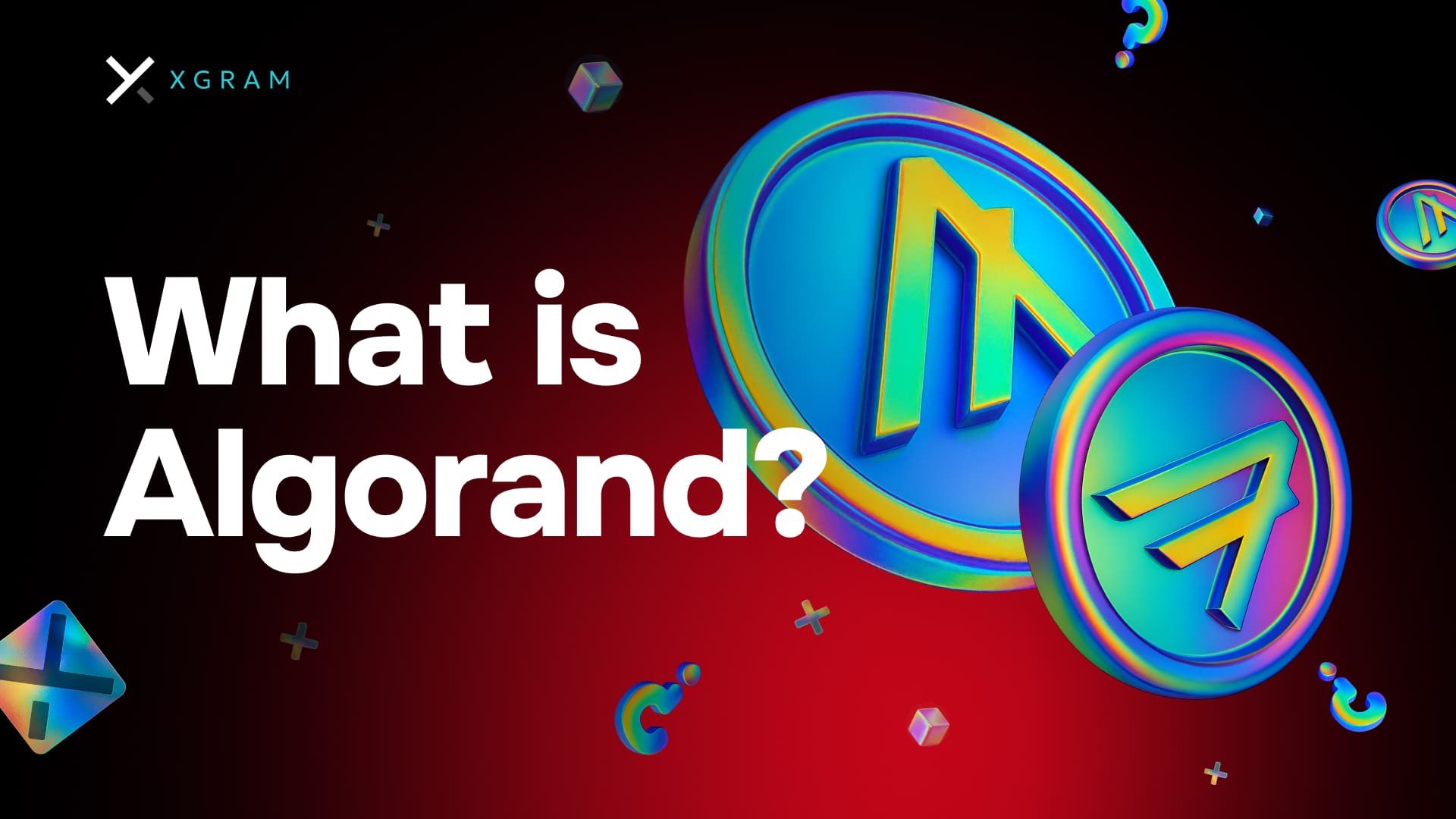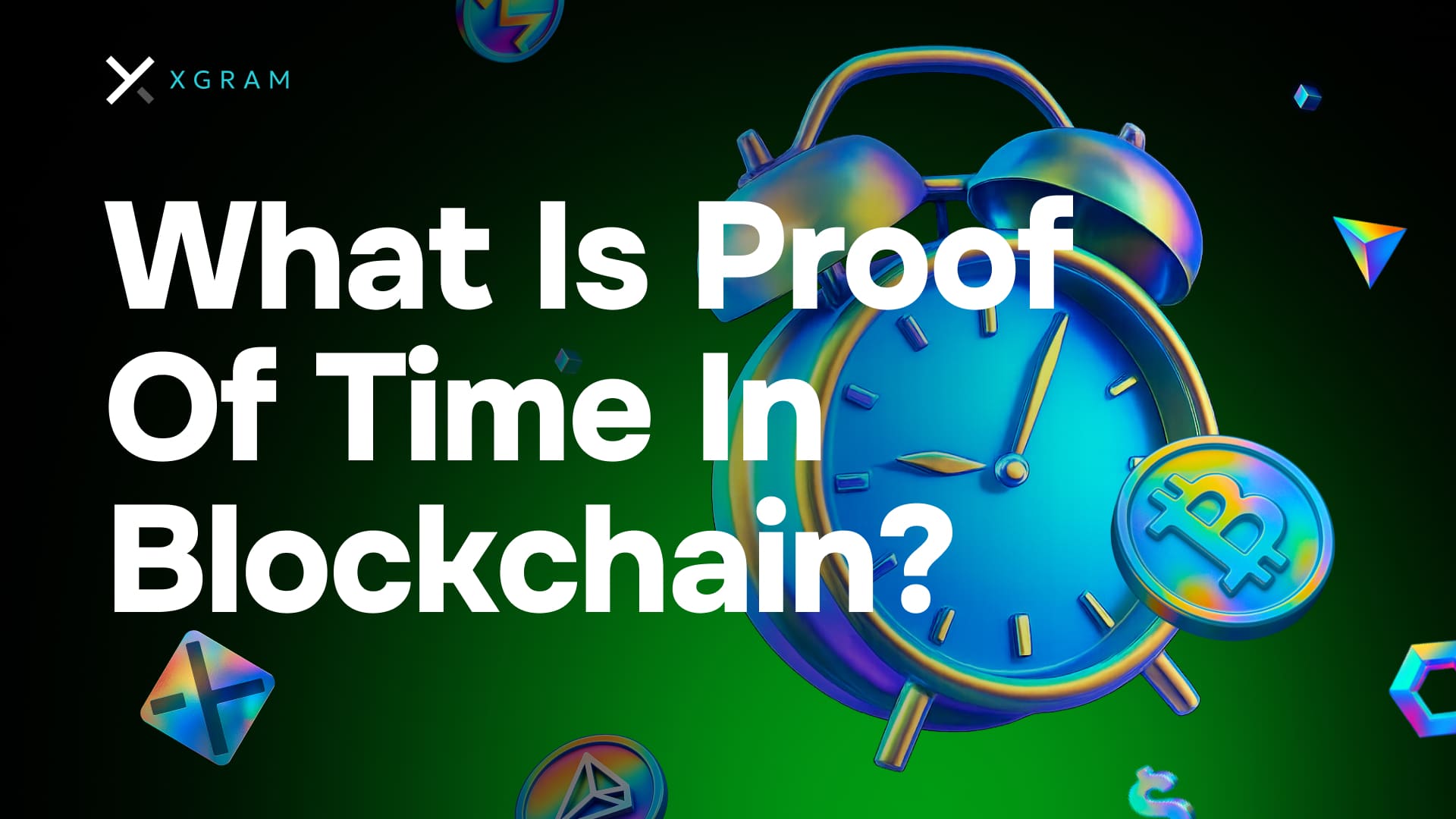Por que comparar essas blockchains
Você provavelmente já sabe que tanto Cardano quanto Solana chamaram atenção no mundo dos investimentos em criptomoedas. Ambas prometem alta escalabilidade, taxas mais baixas e grande potencial de crescimento. No entanto, adotam abordagens diferentes em relação ao staking, aos mecanismos de consenso e à filosofia de desenvolvimento.
Ao investir em qualquer criptomoeda, você está emitindo um voto de confiança no futuro daquele projeto. Comparar Cardano vs Solana ajuda você a entender qual visão se alinha mais aos seus objetivos. Você se identifica com a abordagem científica e detalhista da Cardano ou prefere o modelo rápido e iterativo da Solana? Ao pesar essas diferenças, é possível tomar uma decisão mais informada e adequada ao seu perfil.
Compreendendo suas origens
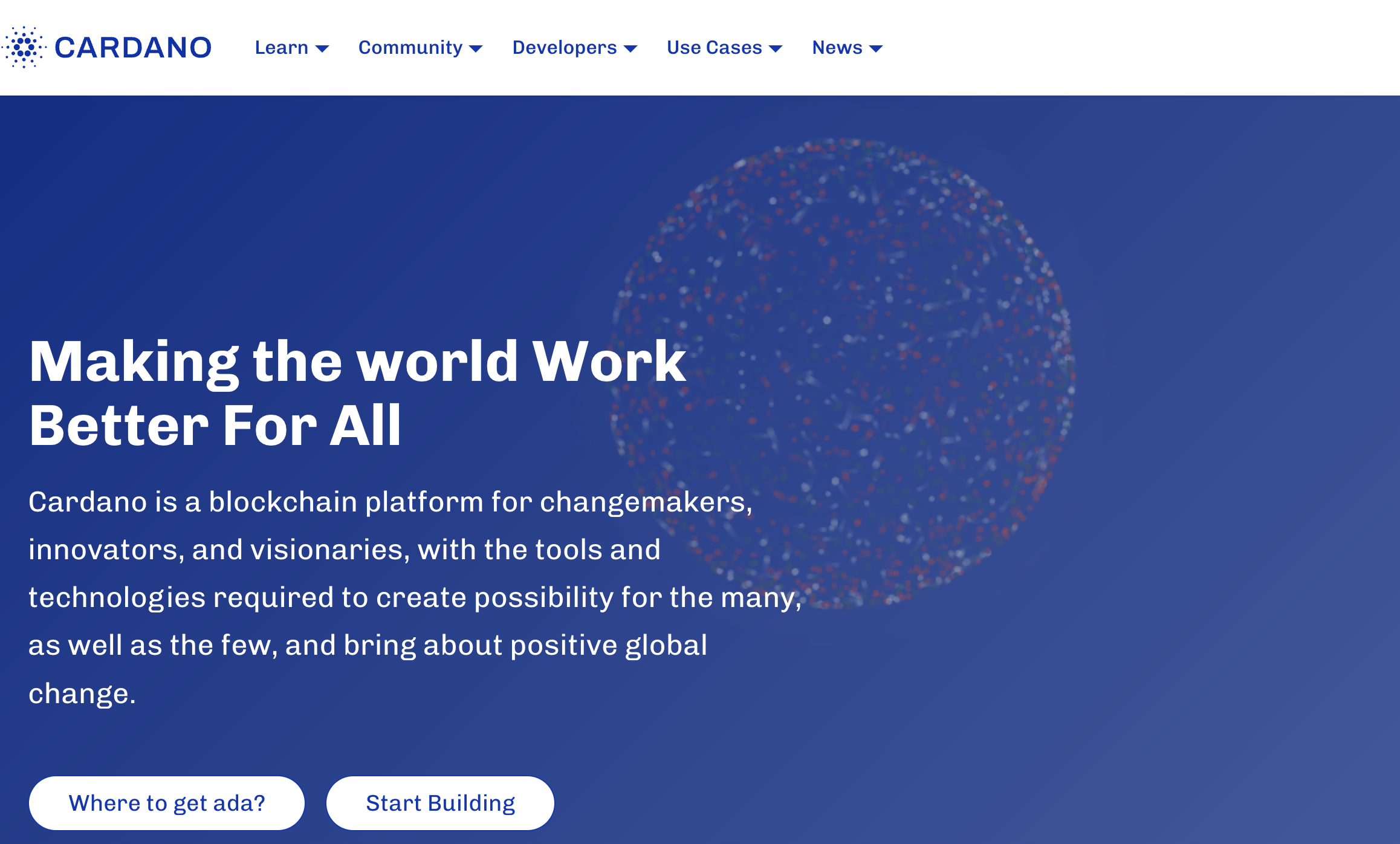
Antes de mergulhar nos detalhes técnicos, é útil entender como cada rede surgiu. Cardano foi criada por Charles Hoskinson, um dos cofundadores da Ethereum. Ele queria corrigir o que via como problemas críticos no universo blockchain, como escalabilidade e sustentabilidade. Como resultado, Cardano foi construída sobre uma base acadêmica rigorosa, priorizando pesquisa revisada por pares e um desenvolvimento em fases bem planejadas.

Solana, por outro lado, foi fundada por Anatoly Yakovenko com foco em velocidade e eficiência. Usando um mecanismo chamado Proof of History (combinado com Proof of Stake), a Solana busca tempos de transação extremamente rápidos e alta capacidade de processamento. Embora essa velocidade seja muito atraente para desenvolvedores, alguns críticos questionam se ela não sacrifica a mesma atenção científica que caracteriza a Cardano.
Diferenças principais em um relance
A tabela abaixo oferece uma comparação rápida entre Cardano e Solana. Cada linha cobre um recurso essencial — especialmente útil se você estiver interessado em staking, no desenvolvimento de aplicativos descentralizados ou em manter tokens como parte de uma estratégia de longo prazo.
| Recurso | Cardano | Solana |
|---|---|---|
| Mecanismo de consenso | Ouroboros (Proof of Stake) | Proof of History + Proof of Stake |
| Velocidade de transação | ~250 transações por segundo (TPS) | Até ~65.000 TPS (pico teórico) |
| Taxas de transação | Geralmente baixas, ajustadas conforme o uso da rede | Muito baixas, geralmente frações de centavo |
| Linguagem de contratos inteligentes | Baseada em Plutus/Haskell | Rust, C++ e outras linguagens |
| Modelo de desenvolvimento | Revisão por pares, lançamentos por fases | Iteração rápida, modelo de código aberto |
| Abordagem da comunidade | Fortes raízes acadêmicas e de pesquisa | Comunidade de desenvolvedores vibrante e dinâmica |
A tabela apenas arranha a superfície, mas ilustra como filosofias diferentes resultam em comportamentos distintos das redes. A Cardano segue um ritmo mais metódico, enquanto a Solana é conhecida por sua agilidade e espírito experimental.
Principais benefícios para você
Ao escolher entre as duas, é útil focar nos benefícios que cada uma pode oferecer — seja como investidor, desenvolvedor ou entusiasta. Afinal, a forma como uma blockchain evolui pode afetar diretamente seus retornos ou os projetos que você constrói.
Benefícios da Cardano:
- Rigor acadêmico: cada atualização importante passa por revisão por pares, reduzindo o risco de falhas críticas ou paralisações da rede.
- Recompensas consistentes de staking: ao fazer staking de ADA (o token nativo da Cardano), você pode obter rendimentos estáveis sem se preocupar com taxas altas.
- Visão de longo prazo: os recursos são lançados em fases bem planejadas, o que pode favorecer maior estabilidade com o tempo.
- Eficiência energética: o modelo Proof of Stake da Cardano consome muito menos energia que o antigo Proof of Work.
- Verificação formal: a Cardano utiliza métodos matemáticos formais para reforçar a segurança — ideal para quem busca confiabilidade.
Benefícios da Solana:
- Velocidade e escalabilidade: perfeita para quem deseja criar dApps de alto desempenho sem enfrentar congestionamentos.
- Taxas extremamente baixas: as microtaxas tornam possível explorar novos modelos econômicos, como micropagamentos e jogos.
- Inovação acelerada: a comunidade é muito ativa e adota novas tecnologias rapidamente.
- Ecossistema NFT em expansão: o mercado NFT da Solana atrai artistas, traders e colecionadores.
- Diversidade de linguagens: desenvolvedores podem usar Rust ou C++, muitas vezes mais familiares do que Haskell.
Onde cada uma se destaca
Não se trata de escolher uma “vencedora”. Cardano e Solana se destacam em diferentes cenários. Se você prefere um projeto focado em pesquisa e segurança acadêmica, pode se inclinar à Cardano. Se o que importa é velocidade e escala, a Solana pode ser mais atraente. Vamos explorar esses contextos mais de perto.
O método acadêmico da Cardano: prós e contras
Se você é do tipo que investe com base em análise e cautela, Cardano pode ser ideal. Ela reduz riscos ao implementar mudanças por etapas conhecidas como eras (Byron, Shelley, Goguen, Basho, Voltaire). O lado negativo? O desenvolvimento pode parecer lento, perdendo oportunidades de mercado. Ainda assim, seu histórico mostra estabilidade e poucas falhas de segurança.
O foco da Solana em velocidade e escala
Solana é conhecida por processar grandes volumes de transações, ideal para aplicações em tempo real — como livros de ordens, negociações de alta frequência ou jogos complexos. Seu ponto fraco são as eventuais lentidões ou quedas de desempenho quando há excesso de tráfego. Os desenvolvedores reagem rápido, mas se você valoriza estabilidade comprovada, isso pode ser um risco. Mesmo assim, essa velocidade é o que atrai tantos ao ecossistema da Solana.
Riscos potenciais a considerar
Todo projeto cripto, por mais promissor que pareça, envolve incertezas. Antes de escolher entre Cardano e Solana, lembre-se de que cada rede tem seus próprios desafios.
- Volatilidade do mercado: tanto ADA (token da Cardano) quanto SOL (token da Solana) podem sofrer variações bruscas de preço, afetando seus resultados e emoções.
- Incertezas regulatórias: governos ainda estão definindo regras para ativos digitais. Mudanças podem impactar o staking e os mecanismos de consenso.
- Congestionamentos de rede: embora a Solana seja rápida, já enfrentou sobrecargas e interrupções. A Cardano, por outro lado, pode demorar mais para lançar correções.
- Tecnologia em evolução: ambas estão em constante desenvolvimento, com atualizações, forks e mudanças de código frequentes. É importante acompanhar seus roadmaps.
- Sentimento da comunidade: o mercado cripto se move rápido — e uma mudança de percepção pode afetar preços e adoção rapidamente.
Onde comprar e negociar
Tanto Cardano (ADA) quanto Solana (SOL) estão disponíveis nas principais exchanges, como Binance, Coinbase e Kraken. Outra opção é Xgram, uma exchange cross-chain voltada para quem quer minimizar taxas e mover criptos entre redes com facilidade. Veja mais sobre o Xgram em cinco frases:
O Xgram foi projetado para permitir trocas entre diferentes blockchains sem a necessidade de tokens intermediários. Se você prioriza praticidade, pode manter ADA e SOL no mesmo exchange. Para quem faz staking, usar carteiras especializadas ou pools oficiais pode ser melhor. Sempre compare taxas, pares disponíveis e histórico de segurança antes de investir.
Contratos inteligentes
Não se trata apenas de comprar e manter tokens. Tanto Cardano quanto Solana são plataformas poderosas para aplicações descentralizadas. Os contratos da Cardano são escritos em Plutus, baseado em Haskell — um idioma técnico e mais complexo, que pode limitar o número de desenvolvedores. No entanto, quem domina Plutus consegue criar aplicações altamente seguras.
Solana, por outro lado, suporta linguagens populares como Rust e C++. Isso impulsionou fortemente sua comunidade de desenvolvedores. A velocidade, porém, pode exigir correções rápidas quando surgem falhas. No geral, ambas estão evoluindo ativamente e oferecem vantagens únicas para desenvolvedores e investidores.
Perspectiva de longo prazo
Ao pensar no longo prazo, observe os ecossistemas que ambas estão construindo. A Cardano aposta em uma evolução acadêmica e gradual, possivelmente atraindo adoção em massa com o tempo. Já a Solana, com sua velocidade extrema, pode dominar setores que exigem transações instantâneas e taxas mínimas.
Do ponto de vista especulativo, tanto ADA quanto SOL passam por grandes oscilações de preço. A questão é: você acredita mais na evolução metódica da Cardano ou na inovação veloz da Solana? Seu estilo de investimento pode ser o fator decisivo. Se prefere fundamentos sólidos, vá de Cardano. Se busca dinamismo e inovação, a Solana é sua escolha.
Veredito final: Cardano vs Solana
Ao decidir onde investir, lembre-se: não existe uma resposta universal. O design cuidadoso da Cardano transmite segurança, enquanto a Solana oferece velocidade para projetos de ponta. Ambas trilham caminhos próprios em um mercado que exige tanto confiabilidade quanto adaptação.
Sua escolha final depende de:
- Se você valoriza mais a pesquisa aprofundada ou a inovação rápida
- Sua tolerância a quedas ou lentidões ocasionais (Solana já passou por isso)
- Sua paciência para esperar novos recursos (Cardano segue um cronograma por fases)
- Preferência de linguagem de programação (Haskell/Plutus na Cardano, Rust/C++ na Solana)
- Seu apetite por risco em meio às condições do mercado
Se possível, explore ambas. Um portfólio equilibrado que inclua mais de uma blockchain promissora ajuda a diversificar riscos e aproveitar o melhor de cada uma. De qualquer forma, mantenha-se atento aos movimentos do mercado, atualizações de desenvolvimento e ao sentimento da comunidade.
Perguntas frequentes
O que torna Cardano e Solana únicas para iniciantes?
A Cardano é conhecida por seu foco acadêmico e validação científica, ideal para quem busca confiança ao começar. A Solana se destaca por sua rapidez e comunidade de desenvolvedores ativa, atraindo quem gosta de inovação. Ambas são acessíveis, já que as grandes exchanges oferecem interfaces simples para comprar e fazer staking.Como posso fazer staking de Cardano ou Solana?
Na Cardano, é possível fazer staking de ADA através de carteiras como Daedalus ou Yoroi, delegando para um pool de staking. Na Solana, carteiras como Phantom ou Solflare permitem escolher um validador. As recompensas variam, por isso é importante acompanhar as mudanças e usar validadores confiáveis.Qual tem taxas mais baixas, Cardano ou Solana?
Geralmente, a Solana possui taxas mais baixas devido à sua alta capacidade de processamento, com custos de frações de centavo. A Cardano também é acessível, embora suas taxas possam ser um pouco mais altas em operações intensas. No dia a dia, ambas são econômicas para a maioria dos usuários.Ambas têm comunidades NFT fortes?
Sim. A Solana é famosa por marketplaces como Magic Eden, enquanto a Cardano tem uma cena crescente com projetos únicos da comunidade. Sua escolha depende de fatores como velocidade, ferramentas de mercado e o tipo de cultura que você prefere.É seguro negociar em exchanges pequenas ou novas?
A segurança depende do histórico, da conformidade regulatória e das medidas de proteção da plataforma. O Xgram, por exemplo, busca simplificar as trocas cross-chain e reduzir taxas. Mesmo assim, pesquise sempre: verifique segurança, suporte e reputação. Se preferir algo mais conhecido, Binance e Coinbase oferecem mais confiança — embora com taxas maiores.
Investir em criptomoedas é empolgante e desafiador. Avaliar fatores como velocidade, comunidade e desenvolvimento contínuo ajuda a tomar decisões mais seguras. Seja escolhendo Cardano, Solana ou ambas, o importante é manter-se informado. No fim das contas, você é quem conduz seu próprio barco cripto — escolha o rumo que mais combina com seus objetivos e confiança.
